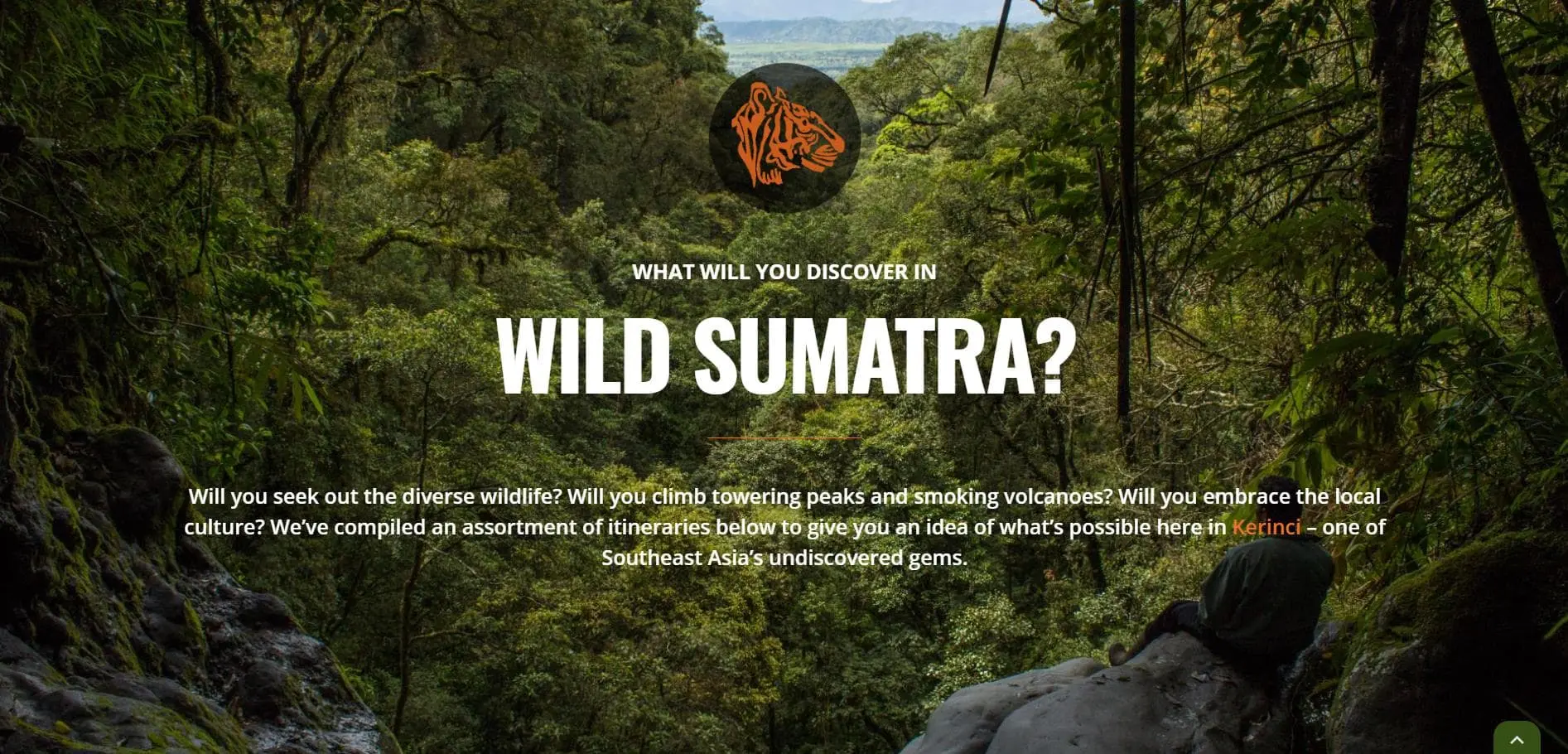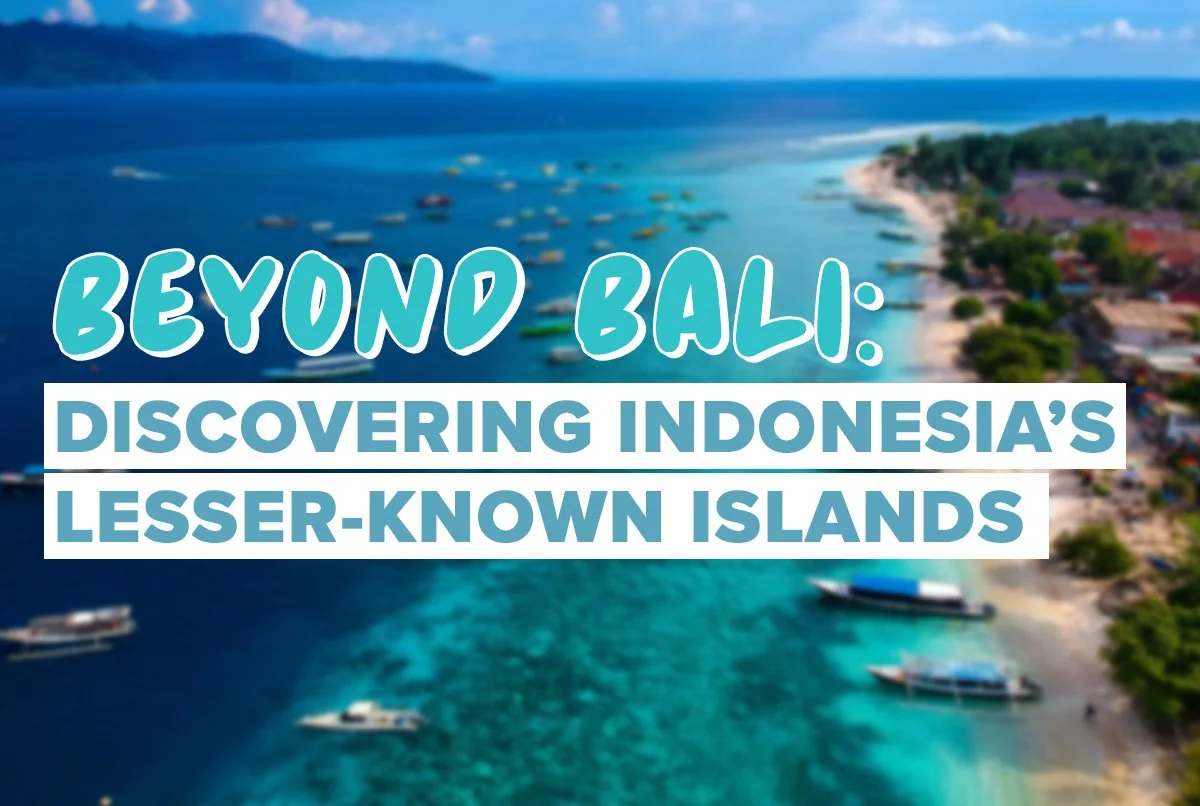Exploring Java: The Heartland of Indonesia
Java, Indonesia most populous island, serves as a rich tapestry of cultural and historical significance. Yogyakarta, the cultural heart of Java, is a city. It is a gateway to some of Southeast Asia’s most iconic landmarks. Yogyakarta is home to the renowned Borobudur and Prambanan temples, both UNESCO World Heritage Sites.
Borobudur, the world’s largest Buddhist temple, is a majestic monument built in the 9th century. Standing atop a hill, it overlooks lush green fields and distant hills, making sunrise visits particularly awe-inspiring. Nearby, the Prambanan Temple, the largest Hindu temple in Indonesia, is equally impressive. Its intricately carved shrines dedicated to Hindu deities Vishnu, Shiva, and Brahma, present a profound glimpse into ancient Javanese religious artistry.
Besides its historical allure, Java is also known for its stunning natural landscapes, particularly its volcanic terrains. Mount Bromo, an active volcano part of the Tengger massif, offers one of the most breathtaking sunrise experiences. Visitors often take early morning treks to the summit. They want to see the views as the mist clears, revealing a strange landscape.
Another geological wonder is the Ijen Crater, known for sulfur mining and its unique blue fire. Night trips let visitors see the blue flames from ignited sulfur gases. The crater’s lake, highly acidic, adds to Ijen’s bizarre beauty.
Traveling by train is the best way to explore Java. It links major cities and beautiful spots. Don’t miss Javanese dishes like gudeg, a sweet jackfruit stew, and nasi liwet, coconut rice. Also, traditional arts like batik and gamelan music offer a deeper cultural understanding. They enhance your Java experience.
In short, Java blends history, natural beauty, and culture. It’s a must-visit, especially for those leaving Bali.
Sumatra: Wild Nature and Unique Wildlife in Indonesia

Sumatra, one of Indonesia’s largest islands, is a haven for those seeking adventure, natural beauty, and unique wildlife. A prime attraction is the Gunung Leuser National Park, a UNESCO World Heritage site that spans over 7,900 square kilometers. This expansive rainforest is one of the few places where you can observe orangutans in their natural habitat. Conservation efforts here are crucial, given that these magnificent creatures are critically endangered. Initiatives include habitat preservation and anti-poaching patrols, aimed at ensuring that orangutan populations remain viable for future generations.
In addition to its rich wildlife, Sumatra boasts stunning landscapes such as Lake Toba, the world’s largest volcanic lake. This massive caldera lake, stretching over 1,145 square kilometers, offers breathtaking vistas and a serene escape. The island at its center, Samosir, is not only a cultural hub for the Batak people but also provides a glimpse into traditional Batak architecture and customs, making it a perfect blend of natural and cultural exploration.
Beyond the well-known attractions, Sumatra’s lesser-known treasures include the Mentawai Islands. These islands are renowned for their untouched beaches and world-class surfing spots, attracting surfers from all around the globe. The pristine waters and diverse marine life also make them ideal for snorkeling and diving. To preserve these natural wonders, it is essential to adopt eco-friendly travel practices. Visitors are encouraged to minimize their environmental footprint by choosing sustainable accommodations, supporting local conservation projects, and respecting wildlife habitats.
Sumatra’s allure lies in its untouched beauty and rich biodiversity, making it an unparalleled destination for eco-conscious travelers and nature enthusiasts. By embracing sustainable tourism, we can ensure that Sumatra’s wild nature and unique wildlife are preserved for generations to come.
The Flores Adventure: Komodo Dragons and Breathtaking Landscapes

Flores Island, a gem in the Indonesian archipelago, stands as a gateway to the world-renowned Komodo National Park. This park, a designated UNESCO World Heritage Site, shelters the legendary Komodo dragons, the world’s largest lizards. Guided tours provide an exceptional opportunity to witness these formidable creatures in their natural habitat. Experienced rangers lead these tours, ensuring both safety and a rich educational experience, bringing visitors face-to-face with these ancient reptiles.
Beyond the Komodo dragons, Flores offers a plethora of unrivaled natural attractions. The island is renowned for the tri-colored crater lakes of Kelimutu, a mesmerizing geological phenomenon where the lakes periodically change colors due to volcanic activity. This spectacle, best viewed at sunrise, provides a striking contrast to the lush green surroundings, making it a must-visit destination for nature enthusiasts.
For those with a penchant for underwater exploration, the diving sites around Labuan Bajo are unparalleled. The vibrant coral reefs teem with marine life, offering divers the chance to encounter manta rays, sea turtles, and a myriad of tropical fish. These diving spots are considered some of the best in the world, ensuring an unforgettable underwater adventure.
Flores also boasts rich cultural experiences, with traditional villages like Bena and Wae Rebo offering a glimpse into the island’s indigenous heritage. Visitors can engage with local communities, partake in traditional dances, and witness the unique architecture of conical houses. Additionally, local festivals provide a vibrant display of Flores’s cultural tapestry, with music, dance, and rituals that invite participation from travelers.
To maximize the Flores adventure, travelers should visit nearby islands, like Rinca and Padar. Each has unique landscapes and wildlife. One can create a complete travel plan by adding trips to these islands. It will capture the diverse wonders of Flores and its surroundings. This will ensure a rich island adventure.
Sulawesi: Tribal Culture and Marine Wonders

Sulawesi, one of Indonesia’s most diverse islands, blends cultural heritage and marine adventures. Tana Toraja, known for its elaborate funeral rites and unique houses called Tongkonan, is the cultural highlight. The Toraja people hold ceremonies that offer insight into their beliefs about life and death, taking months to prepare. These are grand celebrations, not just mourning events. They include music, dancing, and sometimes animal sacrifices. Visitors are welcome, provided they respect local customs.
Tongkonan houses, with their boat-shaped roofs and carvings, are key to Toraja culture. They symbolize family life and lineage. Exploring these houses reveals a timeless way of life. Engaging with locals can deepen your understanding of the carvings’ meanings.
Sulawesi also boasts stunning marine environments. Bunaken Marine Park, near Manado, is a diver’s paradise with clear waters and vibrant reefs. The Togian and Wakatobi Islands offer more underwater adventures. The Togian Islands are known for diverse ecosystems, while Wakatobi is famous for its breathtaking coral reefs.
Traveling around Sulawesi requires planning. Major cities are well-connected by air. However, reaching places like Tana Toraja and the Togian Islands may involve flights, boats, and overland travel. Always be mindful of local customs, especially during ceremonies. Dress modestly, ask before taking photos, and behave appropriately during funerals.
